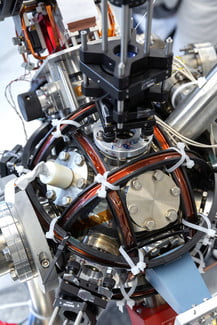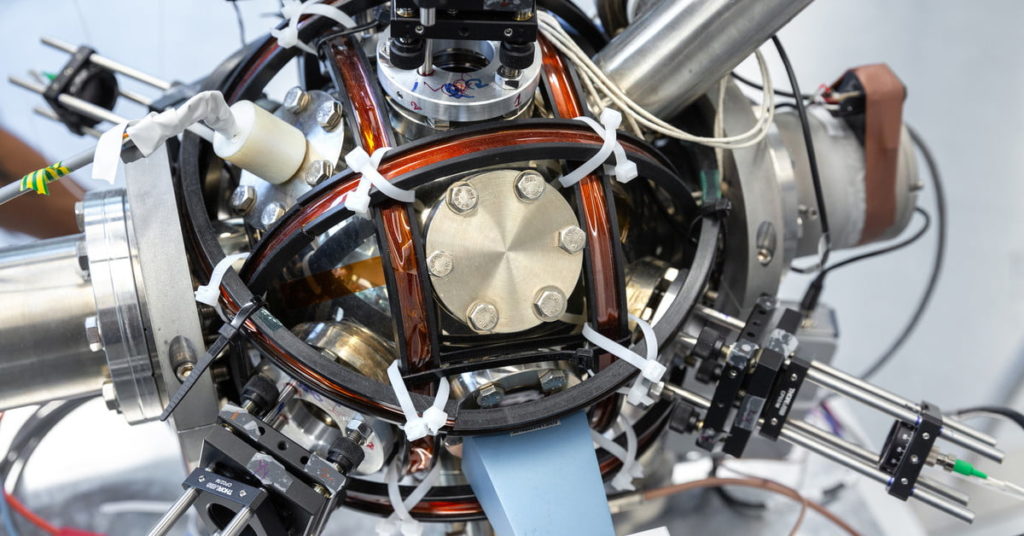Quantum-Based Accelerometer Can Locate Objects Without GPS
GPS is such an integral part of modern technology, from portable GPS locators to in-car navigation to drones, that it’s hard to imagine life without it. However, there are a number of situations where GPS is not available, due to factors like tall buildings which block the satellite signals that GPS relies on. In other cases, GPS signals can be deliberately blocked or jammed, preventing it from working correctly.
An alternative form of navigation is required for everything from navigating large vehicles to searching for dark matter in the far flung corners of space. Now, researchers at Imperial College London have created a quantum “compass” that allows navigation without reliance on satellites. The instrument, technically called a “standalone quantum accelerometer,” is small enough to be transportable and was shown off recently at the National Quantum Technologies Showcase.

An accelerometer is a tool used to measure the changes in an object’s velocity over time, and is a common piece of technology that you likely have embedded in your phone. With information about the original position of an object and information about its velocity, location can be determined. However, the problem with basic accelerometers is that their accuracy becomes poor over time without an external reference to recalibrate them. This means they are not useful for jobs where exact location specificity is required such as navigation.
The newly developed quantum accelerometer, on the other hand, has a very high level of accuracy. It achieves this by measuring the movements of supercool atoms, which are cooled to such a degree that they display quantum behavior: they are both particles and waves. The wave properties of the atoms are effected by acceleration, so the scientists examine the movements of the atoms by creating an atom interferometer — a tool which measures the displacement of waves. This means that the accelerometer can measure movement through space in a highly accurate way.
The device is still too large to fit into a compact space, but it is appropriate for use on ships and trains which need to be precisely located when GPS may not be available. Its large size is due to the powerful lasers that are required to get the atoms cold enough for the accelerometer to work.




